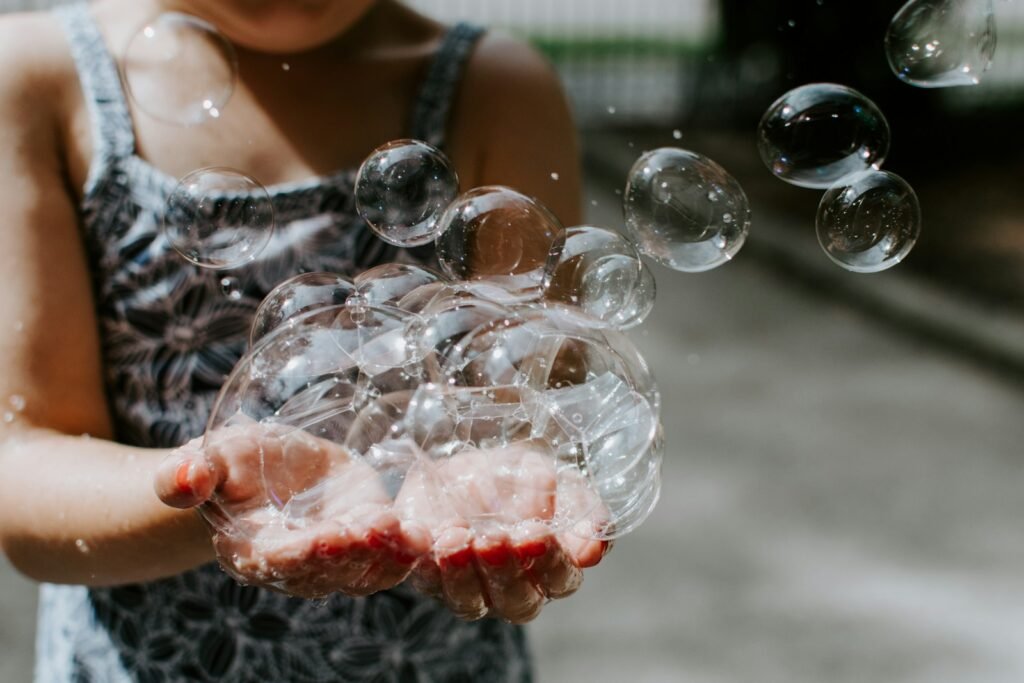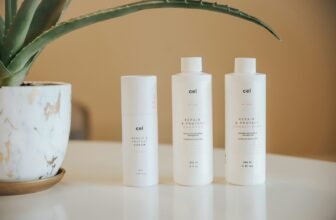In the age of pandemics, one of the most effective weapons we have isn’t high-tech.
It’s soap.
Yes—soap. The same slippery bar in your shower and the bubbly liquid by your sink.
When COVID-19 struck, global authorities scrambled for vaccines, antivirals, and emergency protocols. Yet, across continents and cultures, the first line of defense remained the same: Wash your hands. With soap. Often.
But why? Why does a humble compound created thousands of years ago still outperform alcohol in some cases and dismantle deadly viruses at a molecular level?
This isn’t just about hygiene. It’s about chemistry in action—a billion-year-old clash between fat-coated invaders and amphiphilic molecules.
In this article, we unpack:
- What viruses are made of, and how that makes them vulnerable
- The molecular architecture of soap
- How soap annihilates viruses in seconds
- Why this chemical battle has ancient roots—and how it shaped evolution
Background: What Are Viruses Made Of?
To understand how soap works, we must know what it’s fighting.
🦠 Viruses: Not Alive, But Still Deadly
Viruses are not technically “alive.” They don’t eat, breathe, or reproduce on their own. But they hijack living cells to multiply.
Most viruses—like influenza, HIV, and coronaviruses—are made of:
- Genetic material: RNA or DNA
- A protein shell (capsid)
- A lipid envelope (in enveloped viruses)
This is key.
That envelope is a layer of fat, stolen from the host cell’s membrane as the virus buds off. It’s this fatty bubble that soap targets—and obliterates.
The Chemistry of Soap: Amphiphiles vs. Lipids
Soap is a type of surfactant—a molecule with two sides:
- Hydrophilic (water-loving) head
- Hydrophobic (water-hating) tail
This structure is called amphiphilic. It allows soap to interact with both water and grease/oil. In a world of molecules, that makes soap a double agent.

🧼 What Happens When Soap Meets a Virus?
The virus’s lipid envelope is held together by non-covalent forces—weak interactions between lipid molecules.
When soap encounters this membrane, it:
- Inserts its hydrophobic tail into the virus’s fatty shell
- Disrupts the lipid bilayer—pulling it apart like dissolving grease
- Breaks apart the viral structure—rendering it non-infectious
- Forms micelles around the debris, washing it away
No membrane = no virus.
Think of it like slicing a balloon. Once the envelope is gone, the viral core falls apart.
The Billion-Year War: A Deep Evolutionary Conflict
🧬 Life’s Oldest Battle
Soap’s weapon—the ability to dissolve lipid membranes—mimics a trick life has used for billions of years.
- Bile salts in your gut break down fats in the same way
- Antimicrobial peptides produced by your skin also disrupt lipid membranes
- Lysosomes in white blood cells burst bacterial envelopes using similar chemistry
Even before soap, biology had discovered lipid disruption as a defense mechanism.
🧫 Soap and Evolutionary Biochemistry
The first soap-like substances?
Created by boiling animal fat with wood ash, producing alkaline salts of fatty acids. This technology dates back to 2800 BCE in Babylon.
But the biochemistry it harnesses?
Older than bacteria. Older than eukaryotes. It’s as old as the lipid membrane itself.
Soap didn’t invent a new trick. It weaponized one that life already knew.
Why Soap Beats Alcohol (Sometimes)
Both alcohol and soap destroy viruses—but differently:
| Feature | Soap | Alcohol |
|---|---|---|
| Acts on | Lipid envelope | Protein shell and membrane |
| Time to deactivate | ~20 seconds | ~10–15 seconds |
| Effective against | Enveloped viruses | Enveloped viruses only |
| Additional power | Physically lifts dirt, organic material | Doesn’t clean debris |
| Cost and safety | Cheap, non-toxic | Evaporates quickly, flammable |
Soap = chemical + physical attack
Alcohol = chemical attack only
In dirty conditions (like after using the bathroom or gardening), soap works better. It breaks down not just the virus, but the gunk it clings to.
How Long Does It Take to Work?
Studies show:
- 20 seconds of proper handwashing with soap destroys most enveloped viruses
- Rubbing spreads soap across skin crevices
- Rinsing with water washes away micelles (fat + dirt traps)
The CDC, WHO, and dozens of peer-reviewed studies confirm:
Soap is not a placebo—it’s a chemical assault on the structure of viral life.
Final Thoughts: The Cleanest Weapon in Chemistry
Soap isn’t just hygiene. It’s evolutionary biochemistry, bottled.
It doesn’t just clean hands—it wages war on microscopic invaders using mechanisms your body has relied on since long before you were born.
A bar of soap is a tool.
A molecule.
A reminder that chemistry is your first—and often best—line of defense.
So the next time you lather up, picture what’s happening:
A billion-year-old battle unfolding in the palms of your hands.




